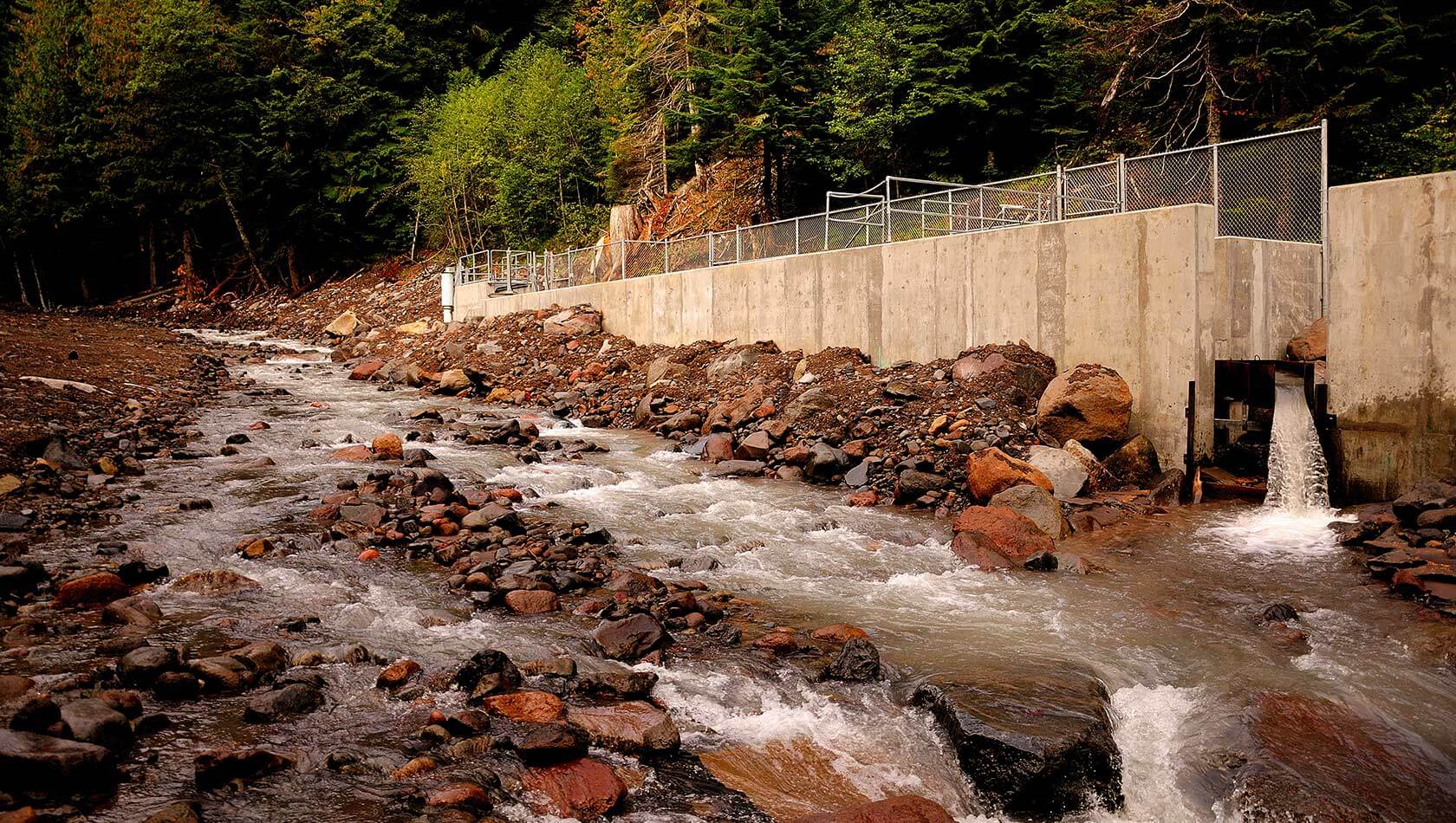We have to change the way we access, manage and use water.
As the world population increases from 7.2 billion to 8.3 billion by 2030, our need for water globally and locally will expand. The water supply will not.
Agriculture consumes an estimated 80 percent of water diverted from streams. Irrigation districts and farms access the water through systems built mainly between the late 1800s and the 1940s, open canals that lose water to seepage and evaporation. While districts valiantly repair and maintain what they have, and seek out funding to replace what they can and move from open canals to pressurized pipe, full-scale modernization of the nation’s irrigation infrastructure requires a more unified, comprehensive and inclusive effort. Irrigators cannot accomplish this alone, nor should they. The scale of the need is huge, the process is complex and the cost is significant. The benefits and the burden of modernization are for all of us.

Most people know very little about irrigation districts, let alone the challenges they face. While numerous nonprofits, tribes, agencies and organizations have focused on specific goals for many years—such as water conservation, hydropower production, system efficiencies and broader conservation benefits—there has been very little progress in attracting large-scale investment in comprehensive, uniting solutions. With exceptions, many irrigators need additional capacity to navigate the complexities of a modernization plan while managing the district and attending to essential community relationships. We have learned that to successfully modernize irrigation, there must be a larger common vision that, in partnership with irrigators, unites political, private, philanthropic and public communities in the rebuilding of our nation’s water infrastructure.

The Irrigation Modernization program is in place to support irrigation districts in moving forward with the collective strength of organizations and individuals dedicated to infrastructure rebuilding. Together, we are articulating the full range of modernization benefits to multiple audiences, removing barriers to project development and building a critical mass of projects to attract ongoing investment.
